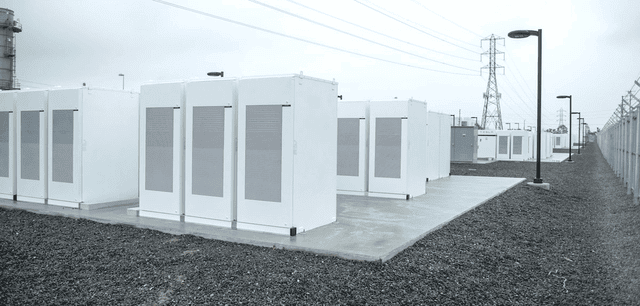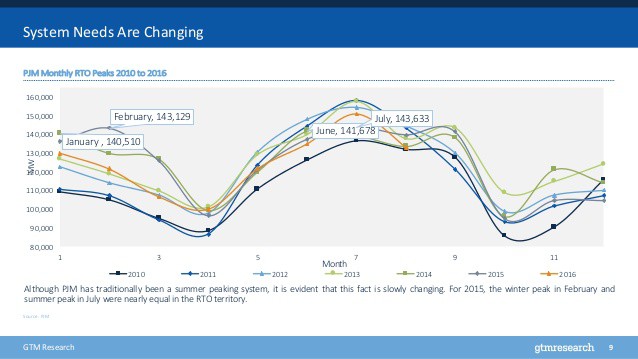
Andrew Burger
Man Friday, Energy Ventures
One of a small crop of young, pioneering distributed energy resource management systems (DERMS) developers based in Silicon Valley, AutoGrid’s latest financial report shines a bit of light on growth of distributed energy storage capacity and renewables-grid integration in the U.S. and around the world.
The Redwood City, California-based company on Jan. 25 announced grid-edge DER capacity under management grew over 350 percent for the second consecutive year. The growth surge saw AutoGrid’s total contracted grid-edge DER capacity rise from 550MW to 2GW in 2016. It increased from 150MW to 550MW in 2015.
DERMS vendors/battery-based energy storage (BESS) integrators such as AutoGrid have emerged as central players in power-energy markets in the U.S. and worldwide amidst the shift to distributed renewable/low-carbon power and fuels, new battery-based energy storage and smart grid technology. The variety of generation sources and applications of the AutoGrid Flex DERM software suite illustrates the increasing complexity and flux inherent in all this.
Shoring Up Grid Capacity, and Intelligence
Raising the specter of blackouts and power shortages, the methane leak at the Aliso Canyon underground natural gas storage facility outside of Los Angeles – the second largest in U.S. history – added substantial momentum to the BESS market in California.
Per a precedent-setting state mandate, California’s investor-owned utilities (IOUs) were already working to add 1.3GW of energy storage capacity to their T&D grids by 2020. Discovery of the methane leak at Aliso Canyon prompted them to move their plans forward.
In mid-August, SOCAL Edison and SDG&E officially asked the California Public Utilities Commission (CPUC) to approve proposals to acquire more than 50MW worth of lithium-ion battery-based storage projects. The utilities’ RFPs set a deadline of four months (until Dec. 31, 2016) for prospective developers to get them up and running, a heretofore unheard of rate.
In mid-September, SOCAL Edison announced it had awarded a 20MW/80 MWh battery energy storage contract to Tesla. News that the utility-scale facility at SOCAL’s Loma Linda substation had been completed in record time emerged just last week.
Grid DER Capacity, and Complexity, Increases
The grid energy assets managed via AutoGrid Flex extend across residential, commercial and industrial utility customers. They include demand response (DR) and pricing programs, energy storage systems, combined heat and power (CHP) units, distributed solar power systems, smart inverters, smart thermostats, water heaters, pool pumps, residential EV chargers, heating ventilation and air conditioning (HVAC) systems, building lighting systems and industrial control equipment, company management elaborates in a news release. AutoGrid released the latest version 3.0 of the DERMS software suite last year.
In addition to adding distributed energy grid capacity, AutoGrid had extraordinary success in landing demand-response management systems contracts conducted via competitive RFPs in 2016. Winning 100% of the bids it submitted, the company added 15 new customers in both regulated and deregulated energy markets. That drove both total bookings and annual recurring revenues for 2016 up more than 100 percent year-over-year.
AutoGrid also strengthened its capital base last year, raising $20 million in a funding round that included investments by Energy Impact Partners, a New York City-based investment firm representing some of the largest utilities in North America, Europe and the Asia-Pacific.TotalEnergies Ventures, E.ON and renewable energy developer Envision Energy also participated in the funding round, according to the news release.
Commenting on AutoGrid’s 2016 financial and overall performance CEO Dr. Amit Narayan said: “The exploding growth of renewables, declining cost of energy storage, accelerated deployment of energy intensive IoT devices, and increasing market deregulation are all creating an urgent need for business model innovation amongst utilities, electricity retailers and other energy service providers.
“By offering energy service providers the opportunity to control, optimize and monetize flexible capacity from a wide variety of networked DERs, AutoGrid Flex allows them to innovate rapidly and win in the new distributed energy world.”
Source: Energy Central.


